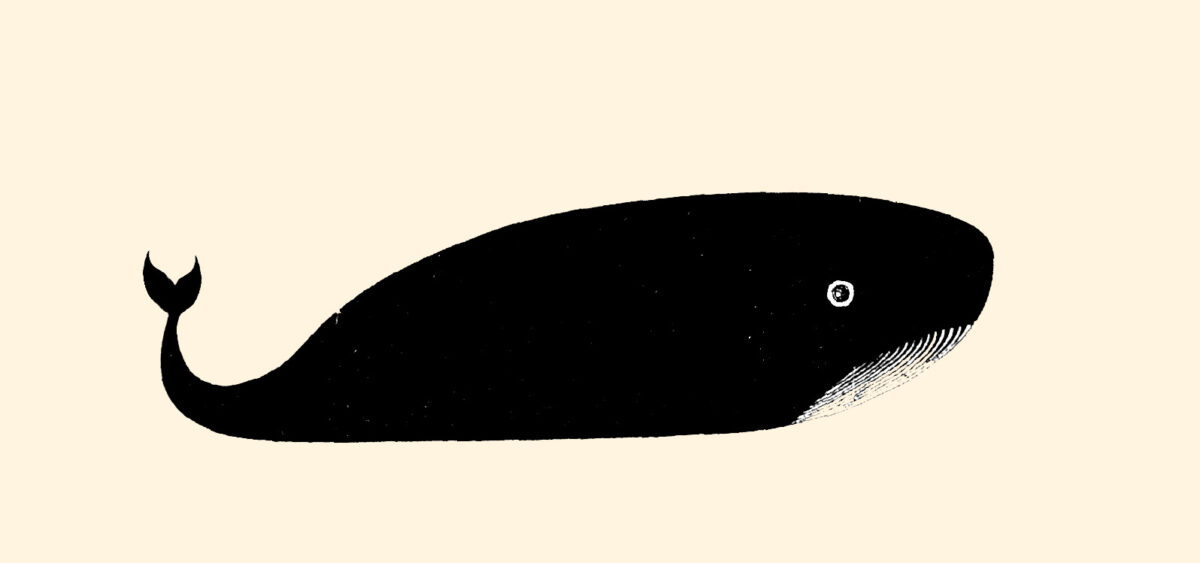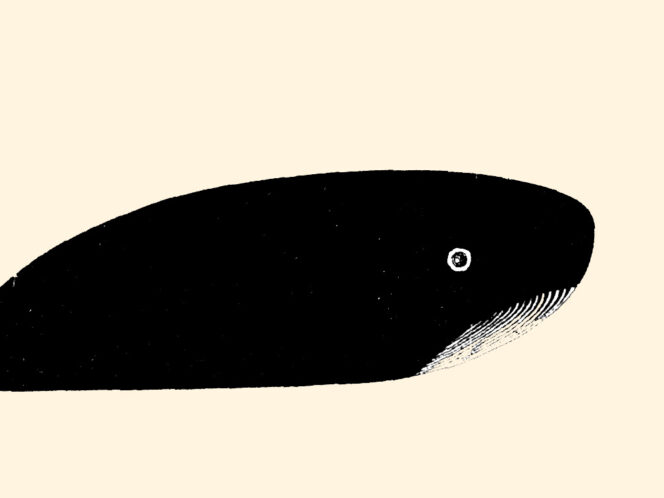
What happens when trees die? Dying doesn’t always look the same—animals and plants do it differently, just as differently as they live.
If you’ve ever wondered if Tolkien’s Fangorn Forest or Mirkwood from The Hobbit actually exists somewhere on this planet, look no further than Canada’s Vancouver Island. It’s rather not a forest than a construction site; an architectural skeleton of trees so huge they can hardly fit our imagination. They’re a combination of living and dead trees that stoically hum to the tune of photosynthetic cycles, and others that have completely died—tree corpses. A genuine thousand-year-old forest is obviously alive, consuming billions of trillions of photons, pumping sticky juices and salty water there and back again. It breathes. The trees throb with biochemistry, they talk to each other, get jealous of one another. It is hard to believe that all the might and rigor of the forest—tree trunks that sometimes even lean on human backs,






